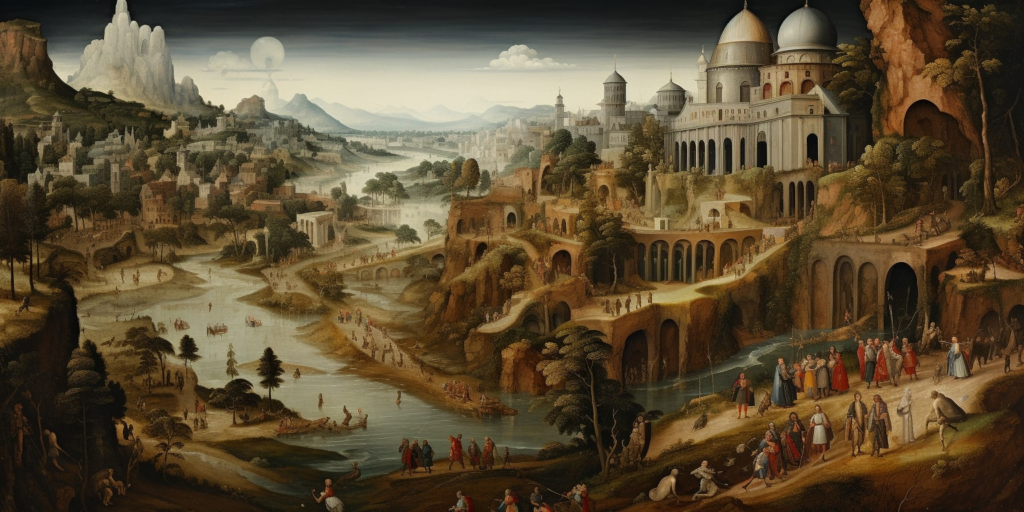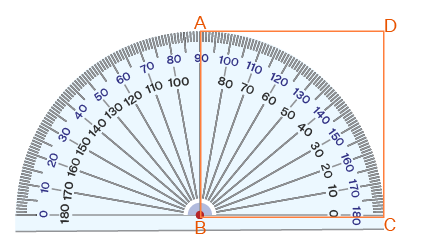
Introduction
Leonardo da Vinci, the Renaissance genius renowned for his contributions to art, science, and engineering, is often associated with his groundbreaking inventions and artistic masterpieces. However, his work in geometry, mathematics, and tools of measurement is often overlooked. Among these contributions, one of the most fascinating is his invention of the bussola, a device used to measure angles within a circle. This innovation not only showcases da Vinci’s genius but also highlights his deep understanding of geometry and his quest for precision in both art and science.
In this article, we’ll explore the significance of da Vinci’s bussola, how it was used to measure angles, and its impact on the scientific world. We’ll examine its design, functionality, and the historical context in which it was developed. Furthermore, we’ll explore related concepts in geometry and angle measurement, as well as answer some frequently asked questions (FAQs) regarding this remarkable invention.
The Renaissance and Leonardo da Vinci’s Approach to Geometry
The Renaissance: A Period of Scientific Awakening

The Renaissance, a period spanning from the 14th to the 17th century, marked a cultural and intellectual revival in Europe. It was characterized by a renewed interest in classical antiquity, scientific exploration, and artistic innovation. Leonardo da Vinci, often regarded as the quintessential Renaissance man, exemplified the fusion of art and science. His detailed anatomical sketches, his investigations into the principles of flight, and his studies of geometry all reflect his desire to understand the natural world in the most intricate ways possible.
During this period, the study of geometry played a crucial role in the development of science and engineering. Mathematical principles were applied to various fields, including architecture, mechanics, and navigation. It was in this environment that da Vinci’s ideas about measurement and geometry flourished.
Leonardo da Vinci’s Interest in Mathematical Precision
Leonardo’s approach to geometry was unique in that he combined theoretical understanding with practical applications. Unlike many of his contemporaries, who focused mainly on abstract mathematical concepts, Leonardo sought to apply geometry to the physical world. He was deeply interested in understanding how angles, proportions, and shapes influenced the world around him. This fascination led him to create a wide variety of tools, including the bussola, to aid in the precise measurement of angles, shapes, and distances.
2. The Bussola: Leonardo’s Angle Measuring Tool
What Is the Bussola?
The term bussola refers to a specific type of tool used by Leonardo da Vinci to measure angles within a circle. While it may resemble a compass in appearance, its purpose is different. The bussola was designed to measure and record angles, often used in conjunction with other tools for geometric calculations. It could also be used to trace arcs and circles with precision.
The tool’s design is remarkably simple yet effective, relying on basic geometric principles that Leonardo was deeply familiar with. It consists of a fixed base with a rotating arm, much like a traditional compass, and a scale that allows the user to measure the angles formed by the rotating arm. The primary advantage of the bussola over other measuring devices was its ability to provide highly accurate readings of angles within a circle.
The Structure and Mechanics of the Bussola
Leonardo’s bussola was typically made of wood, with a rotating arm and a fixed pivot point. The arm could rotate around the center of a circle, allowing the user to measure the angle between two radii. On the base of the tool, there was often a scale marked in degrees or other units of measurement, which allowed the user to read the exact angle.
The simplicity of the bussola’s design belied its precision. Leonardo’s keen eye for detail ensured that even the smallest angles could be measured with great accuracy. It’s worth noting that the bussola was not just a tool for measuring angles; it was also a crucial device for Leonardo’s many mechanical inventions. Understanding angles and proportions was fundamental to the design of everything from catapults to flying machines.
3. The Mathematical and Scientific Significance of the Bussola
Advancements in Angle Measurement
Leonardo’s bussola was more than just a measuring instrument; it represented a significant advancement in the way angles were understood and calculated. Prior to its invention, angle measurement was often an imprecise and difficult task. Tools like protractors were either too complex or inaccurate for detailed work. The bussola offered a more straightforward and reliable method for recording angles, making it an invaluable tool for mathematicians and engineers of the time.
The ability to measure angles accurately was crucial not only in mathematics but also in fields like astronomy, architecture, and navigation. For example, Leonardo’s work in engineering relied heavily on precise measurements of angles to design structures and machines. The bussola was also useful in Leonardo’s studies of perspective in art, allowing him to better understand the angles and proportions involved in creating realistic drawings.
Application in Leonardo’s Art
Leonardo da Vinci’s bussola also had a significant influence on his artistic creations. The accuracy with which he could measure angles and proportions allowed him to produce works of extraordinary realism. His famous Vitruvian Man, for instance, is a masterful exploration of the proportions of the human body, and it was made possible by an understanding of geometry and the precise measurement of angles.
In paintings like The Last Supper, da Vinci used principles of geometry to ensure that the perspective and proportions of the figures were accurate. The bussola allowed him to measure the angles at which lines converged, ensuring that the composition adhered to the mathematical laws of perspective. In this way, Leonardo’s use of geometry and tools like the bussola was integral to his artistic achievements.
4. The Legacy of the Bussola and Its Influence on Modern Tools
Influence on Modern Tools for Measuring Angles

Although the bussola itself is not widely used today, its legacy lives on in modern tools for measuring angles. The protractor, for example, is a direct descendant of the bussola, offering a more refined and accessible method of measuring angles. The use of angular measurement is still fundamental in fields like architecture, engineering, and navigation.
Leonardo’s approach to geometry and measurement also laid the groundwork for later developments in trigonometry and calculus. His emphasis on precision and his innovative use of tools to aid in measurement influenced future generations of scientists and mathematicians. In this way, the bussola represents a bridge between the early Renaissance and the scientific revolutions that followed.
The Bussola’s Role in the Evolution of Scientific Instruments
The bussola was not just a tool for measuring angles but a precursor to many of the scientific instruments that would shape the course of history. By understanding the importance of measurement in both the natural world and the creation of inventions, Leonardo contributed to the evolution of scientific instruments. From the invention of the telescope to the development of advanced surveying tools, da Vinci’s commitment to precision has had a lasting impact on the field of scientific measurement.
5. Conclusion
Leonardo da Vinci’s bussola is a testament to his ingenuity and his ability to combine art, science, and mathematics. The tool’s simple yet effective design revolutionized the way angles were measured and paved the way for future innovations in both art and science. Leonardo’s understanding of geometry and his use of the bussola to measure angles within a circle exemplify the interconnectedness of art and science during the Renaissance period.
Though the bussola may no longer be in widespread use, its influence can still be seen in the tools and methods we use today. From art to engineering, geometry remains a cornerstone of our understanding of the world, and Leonardo’s contributions continue to shape how we measure and interpret angles in both the physical and artistic realms.
FAQs About Leonardo da Vinci’s Bussola and Angle Measurement
1. What is the bussola?
The bussola is a tool invented by Leonardo da Vinci to measure angles within a circle. It consists of a rotating arm and a fixed base, with a scale to measure the angle formed by the arm. It was primarily used in geometry, engineering, and art.
2. How did Leonardo use the bussola in his artwork?
Leonardo used the bussola to measure precise angles and proportions in his artwork, ensuring that the perspective and composition of his paintings adhered to mathematical principles. This helped him create more realistic and accurate depictions of the human form and spatial relationships.
3. Was the bussola the first tool to measure angles?
While the bussola was not the first tool for measuring angles, it represented a significant advancement in precision and simplicity. Tools like the protractor came later, influenced by Leonardo’s design.
4. What other inventions did Leonardo da Vinci create that involved geometry?
Leonardo da Vinci created many inventions that involved geometry, including flying machines, bridges, and weapons. His understanding of angles, proportions, and mechanical principles was integral to these inventions.
5. How did the bussola influence modern tools?
The bussola influenced the development of modern tools like the protractor and various scientific instruments used in engineering, navigation, and architecture. Its focus on precise angular measurement paved the way for later advancements in geometry and measurement






